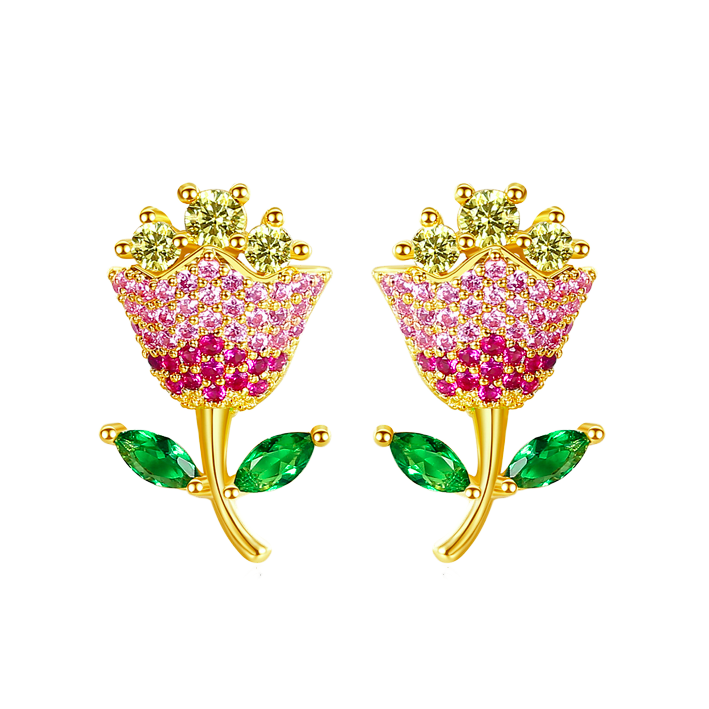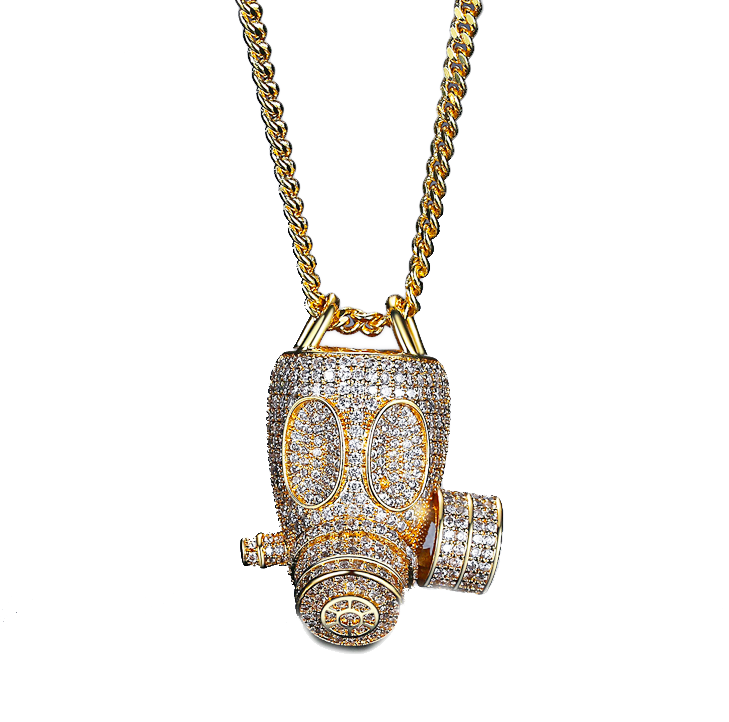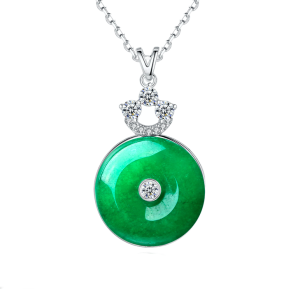Did you still can earn enough large amount of profits from physical fashion stores in 2024? If yes or not, How will you do or improve in 2025/2026 for making more and more on-going margin and cash?I think, this is really a big question for most of our fashion business owners especially in such a hard business times….The fashion industry is one of the most dynamic and competitive sectors in the global market.  With the rise of e-commerce and online shopping, many fashion businesses have shifted their focus to digital platforms. However, physical stores still play a crucial role in the fashion industry, offering customers a tactile and immersive shopping experience that online platforms cannot replicate. To thrive in this environment, fashion retailers must adopt innovative strategies to attract and retain customers, enhance the in-store experience, and differentiate themselves from competitors. This article explores various approaches to better operate a fashion business in a physical store, focusing on customer engagement, store design, inventory management, and omni-channel integration.
With the rise of e-commerce and online shopping, many fashion businesses have shifted their focus to digital platforms. However, physical stores still play a crucial role in the fashion industry, offering customers a tactile and immersive shopping experience that online platforms cannot replicate. To thrive in this environment, fashion retailers must adopt innovative strategies to attract and retain customers, enhance the in-store experience, and differentiate themselves from competitors. This article explores various approaches to better operate a fashion business in a physical store, focusing on customer engagement, store design, inventory management, and omni-channel integration.
1. Understanding Your Target Audience
The foundation of any successful fashion business is a deep understanding of its target audience. Knowing who your customers are, what they want, and how they shop is essential for tailoring your store’s offerings and marketing strategies. Conducting market research, analyzing customer data, and staying attuned to fashion trends can help you identify your core demographic and their preferences.
- Demographic Analysis: Identify the age, gender, income level, and lifestyle of your target customers. For instance, a store targeting millennials might focus on trendy, affordable fashion, while a luxury boutique would cater to high-income individuals seeking exclusive, high-quality items.
- Psychographic Profiling: Understand the values, interests, and attitudes of your customers. Are they eco-conscious? Do they prioritize comfort over style? This information can guide your product selection and marketing messages.
- Customer Feedback: Regularly collect feedback from your customers through surveys, focus groups, or social media interactions. This will help you understand their needs and preferences, allowing you to make informed decisions about your inventory and store layout.
2. Creating an Engaging In-Store Experience
In the age of online shopping, physical stores must offer more than just products; they need to provide an experience that cannot be replicated online. An engaging in-store experience can drive foot traffic, increase customer loyalty, and boost sales.
- Store Layout and Design: The layout of your store should be intuitive and visually appealing. Use strategic placement of products to guide customers through the store and encourage them to explore different sections. Consider using eye-catching displays, mannequins, and lighting to highlight key items and create a cohesive brand image.
- Interactive Elements: Incorporate interactive elements such as touchscreens, virtual fitting rooms, or augmented reality (AR) mirrors to enhance the shopping experience. These technologies can help customers visualize how clothing will look on them, reducing the likelihood of returns and increasing satisfaction.
- Personalized Service: Train your staff to provide personalized service, offering styling advice and product recommendations based on individual customer preferences. A knowledgeable and attentive sales team can create a positive shopping experience that encourages repeat visits.
- Events and Workshops: Host in-store events, such as fashion shows, styling workshops, or product launches, to attract customers and create a sense of community. These events can also serve as an opportunity to showcase new collections and generate buzz around your brand.
3. Effective Inventory Management
Inventory management is a critical aspect of running a successful fashion business. Overstocking can lead to excess inventory and markdowns, while understocking can result in lost sales and dissatisfied customers. Implementing effective inventory management practices can help you maintain the right balance and optimize your store’s profitability.
- Data-Driven Decisions: Use sales data and analytics to forecast demand and make informed decisions about inventory levels. Identify which products are bestsellers and which are slow-moving, and adjust your purchasing accordingly.
- Seasonal Planning: Fashion is highly seasonal, so it’s important to plan your inventory around key seasons and trends. Ensure that you have the right products in stock at the right time, and clear out seasonal items through promotions or sales to make room for new collections.
- Just-in-Time Inventory: Consider adopting a just-in-time (JIT) inventory system, where you order products in smaller quantities and more frequently, based on real-time demand. This approach can help reduce excess inventory and minimize storage costs.
- Supplier Relationships: Build strong relationships with your suppliers to ensure timely delivery and favorable terms. Having reliable suppliers can help you respond quickly to changes in demand and maintain a consistent flow of inventory.

4. Leveraging Technology
Technology plays a crucial role in modern retail, and fashion businesses can leverage various tools and platforms to enhance their operations and customer experience.
- Point of Sale (POS) Systems: Invest in a modern POS system that integrates sales, inventory, and customer data. This can help you track sales in real-time, manage inventory more effectively, and gain insights into customer behavior.
- Customer Relationship Management (CRM): Implement a CRM system to track customer interactions, preferences, and purchase history. This data can be used to personalize marketing efforts, offer targeted promotions, and build long-term customer relationships.
- Mobile Payments: Offer mobile payment options, such as Apple Pay or Google Wallet, to provide a seamless checkout experience. Mobile payments can speed up the transaction process and cater to tech-savvy customers who prefer cashless transactions.
- Social Media Integration: Use social media platforms to promote your store, engage with customers, and drive traffic. Share behind-the-scenes content, showcase new arrivals, and run social media-exclusive promotions to create excitement and attract followers to your store.
5. Omnichannel Integration
In today’s retail landscape, customers expect a seamless shopping experience across multiple channels, including online, mobile, and in-store. Integrating your physical store with your online presence can create a cohesive brand experience and drive sales.
- Click-and-Collect: Offer a click-and-collect service, where customers can order online and pick up their purchases in-store. This can drive foot traffic to your store and provide an opportunity for additional sales through upselling or cross-selling.
- In-Store Online Ordering: Allow customers to browse your entire inventory in-store, even if certain items are not physically available. Use tablets or kiosks to enable customers to place orders for out-of-stock items, which can then be shipped directly to their homes.
- Unified Customer Experience: Ensure that your branding, pricing, and promotions are consistent across all channels. Customers should have a unified experience whether they are shopping online or in-store, reinforcing your brand identity and building trust.
- Loyalty Programs: Implement a loyalty program that rewards customers for both online and in-store purchases. This can encourage repeat business and increase customer lifetime value.

6. Sustainability and Ethical Practices
As consumers become more conscious of the environmental and social impact of their purchases, sustainability and ethical practices are becoming increasingly important in the fashion industry. Adopting sustainable practices can not only attract eco-conscious customers but also enhance your brand’s reputation and long-term viability.
- Eco-Friendly Products: Offer a selection of eco-friendly and sustainable fashion items, such as clothing made from organic or recycled materials. Highlight these products in your marketing and in-store displays to appeal to environmentally conscious shoppers.
- Ethical Sourcing: Ensure that your products are sourced from suppliers who adhere to ethical labor practices and fair trade principles. Transparency in your supply chain can build trust with customers and differentiate your brand from competitors.
- Waste Reduction: Implement waste reduction initiatives in your store, such as recycling programs, reducing packaging, or offering repair services for damaged items. These efforts can demonstrate your commitment to sustainability and resonate with eco-conscious consumers.
- Community Engagement: Engage with your local community through partnerships with local artisans, charities, or environmental organizations. Hosting community events or supporting local causes can strengthen your brand’s connection to the community and enhance your store’s reputation.
7. Marketing and Promotion
Effective marketing and promotion are essential for driving traffic to your store and increasing sales. A well-executed marketing strategy can create awareness, generate excitement, and build customer loyalty.
- Local Marketing: Focus on local marketing efforts to attract customers in your area. Use local newspapers, radio stations, and community boards to promote your store and events. Partner with other local businesses for cross-promotions or joint events.
- Social Media Marketing: Leverage social media platforms to showcase your products, share fashion tips, and engage with your audience. Use visually appealing content, such as high-quality photos and videos, to capture attention and drive engagement.
- Email Marketing: Build an email list and send regular newsletters to keep your customers informed about new arrivals, promotions, and events. Personalize your emails based on customer preferences and purchase history to increase relevance and engagement.
- In-Store Promotions: Offer in-store promotions, such as discounts, loyalty rewards, or exclusive offers, to incentivize purchases and encourage repeat visits. Use signage and displays to highlight promotions and create a sense of urgency.
8. Staff Training and Development
Your staff are the face of your store and play a crucial role in delivering a positive customer experience. Investing in staff training and development can improve customer service, increase sales, and reduce turnover.
- Product Knowledge: Ensure that your staff are well-versed in your product offerings, including materials, sizing, and care instructions. Knowledgeable staff can provide valuable advice to customers and help them make informed purchasing decisions.
- Customer Service Skills: Train your staff in customer service best practices, such as active listening, empathy, and problem-solving. A positive interaction with staff can leave a lasting impression on customers and encourage them to return.
- Sales Techniques: Equip your staff with effective sales techniques, such as upselling and cross-selling, to maximize revenue. Encourage them to build rapport with customers and offer personalized recommendations based on their needs.
- Ongoing Development: Provide ongoing training and development opportunities for your staff to keep their skills up-to-date and motivated. This can include workshops, online courses, or attending industry events.

9. Monitoring and Adapting to Trends
The fashion industry is constantly evolving, with new trends emerging every season. Staying ahead of these trends and adapting your store’s offerings accordingly is essential for remaining competitive.
- Trend Forecasting: Keep an eye on fashion trends by following industry publications, attending fashion shows, and monitoring social media. Use trend forecasting tools to anticipate upcoming styles and plan your inventory accordingly.
- Flexible Merchandising: Be flexible in your merchandising approach, allowing you to quickly adapt to changing trends. This might involve rotating displays, introducing new products, or adjusting pricing strategies.
- Customer Feedback: Pay attention to customer feedback and preferences, as they can provide valuable insights into emerging trends. Use this information to refine your product selection and stay relevant to your target audience.
- Experimentation: Don’t be afraid to experiment with new styles, products, or marketing strategies. Testing new ideas can help you discover what resonates with your customers and differentiate your store from competitors.
10. Building a Strong Brand Identity
A strong brand identity is essential for standing out in the crowded fashion market. Your brand identity encompasses your store’s values, aesthetics, and customer experience, and it should be consistently reflected across all touchpoints.
- Brand Story: Develop a compelling brand story that communicates your store’s mission, values, and unique selling proposition. Share this story through your marketing materials, in-store displays, and customer interactions to create an emotional connection with your audience.
- Visual Identity: Create a cohesive visual identity that reflects your brand’s personality and appeals to your target audience. This includes your logo, color scheme, typography, and store design. Consistency in your visual identity can reinforce brand recognition and build trust.
- Customer Experience: Ensure that every aspect of the customer experience, from the moment they enter your store to the post-purchase follow-up, aligns with your brand identity. A consistent and positive experience can strengthen your brand’s reputation and encourage customer loyalty.
- Community Building: Foster a sense of community around your brand by engaging with your customers on social media, hosting events, and supporting local causes. A strong community can create brand advocates who will promote your store through word-of-mouth and social media.
Totally, Operating a successful fashion business in a physical store requires a combination of strategic planning, customer-centric practices, and adaptability to changing trends. By understanding your target audience, creating an engaging in-store experience, managing inventory effectively, leveraging technology, and integrating omnichannel strategies, you can differentiate your store from competitors and build a loyal customer base. Additionally, adopting sustainable practices, investing in staff training, and staying attuned to industry trends can help you stay relevant and thrive in the ever-evolving fashion landscape. Ultimately, a strong brand identity and a commitment to delivering exceptional customer experiences will be key to your store’s long-term success.





